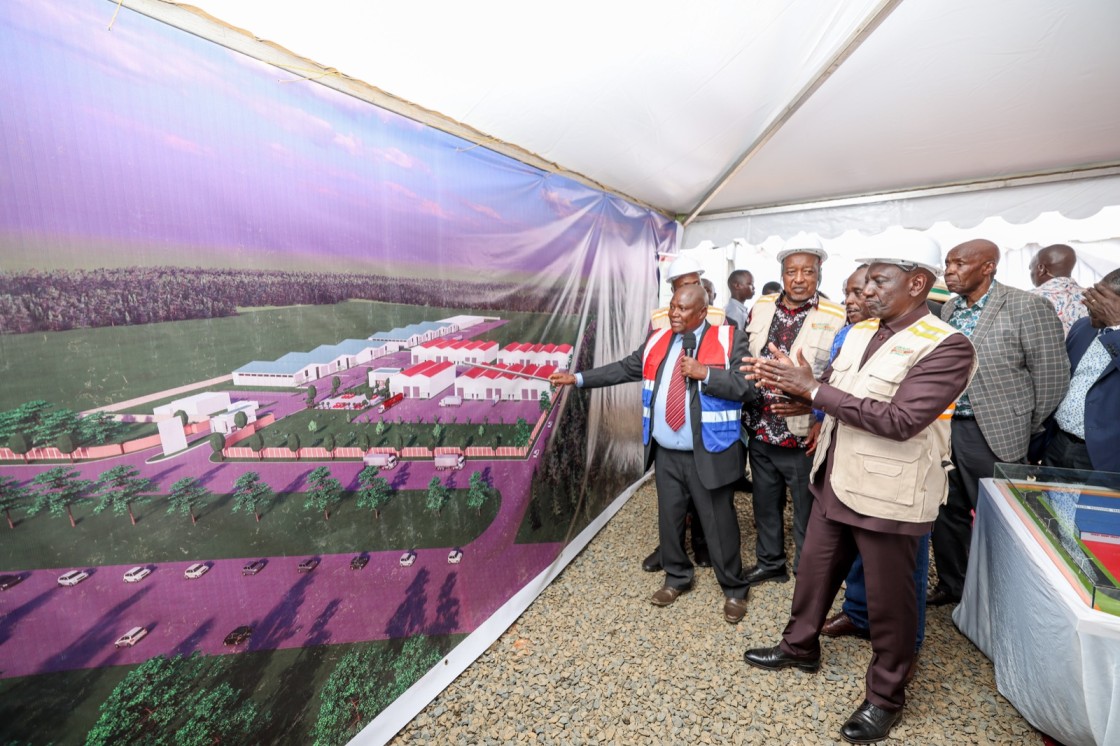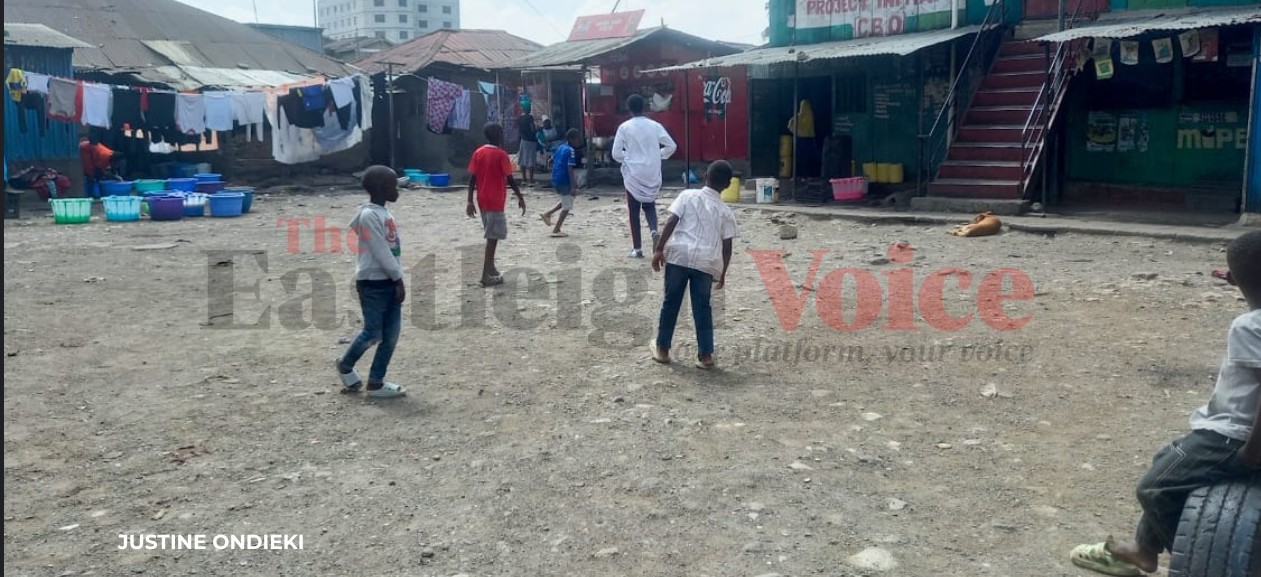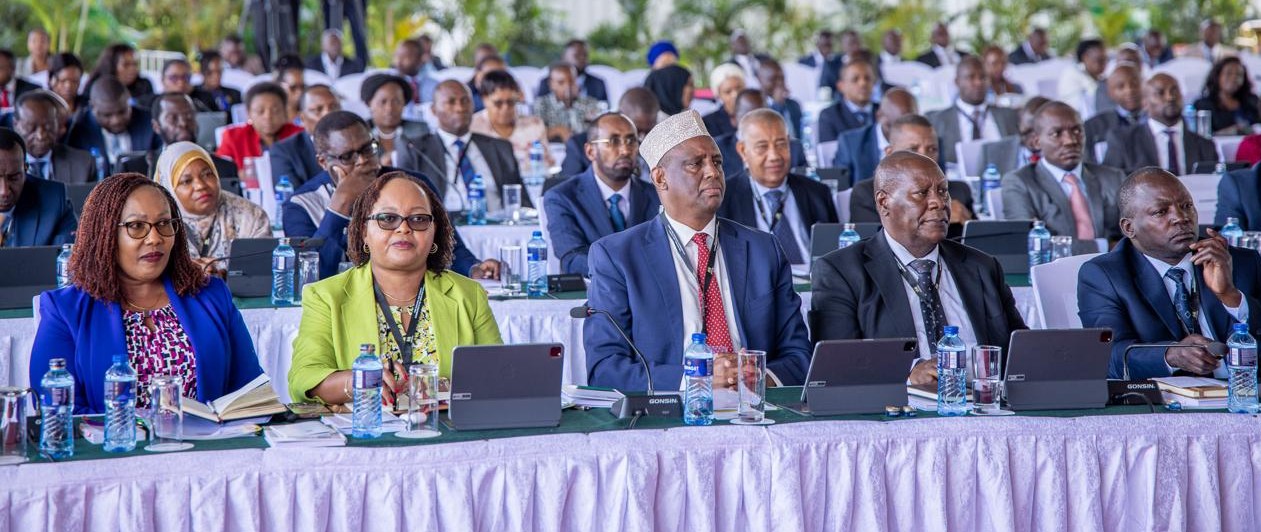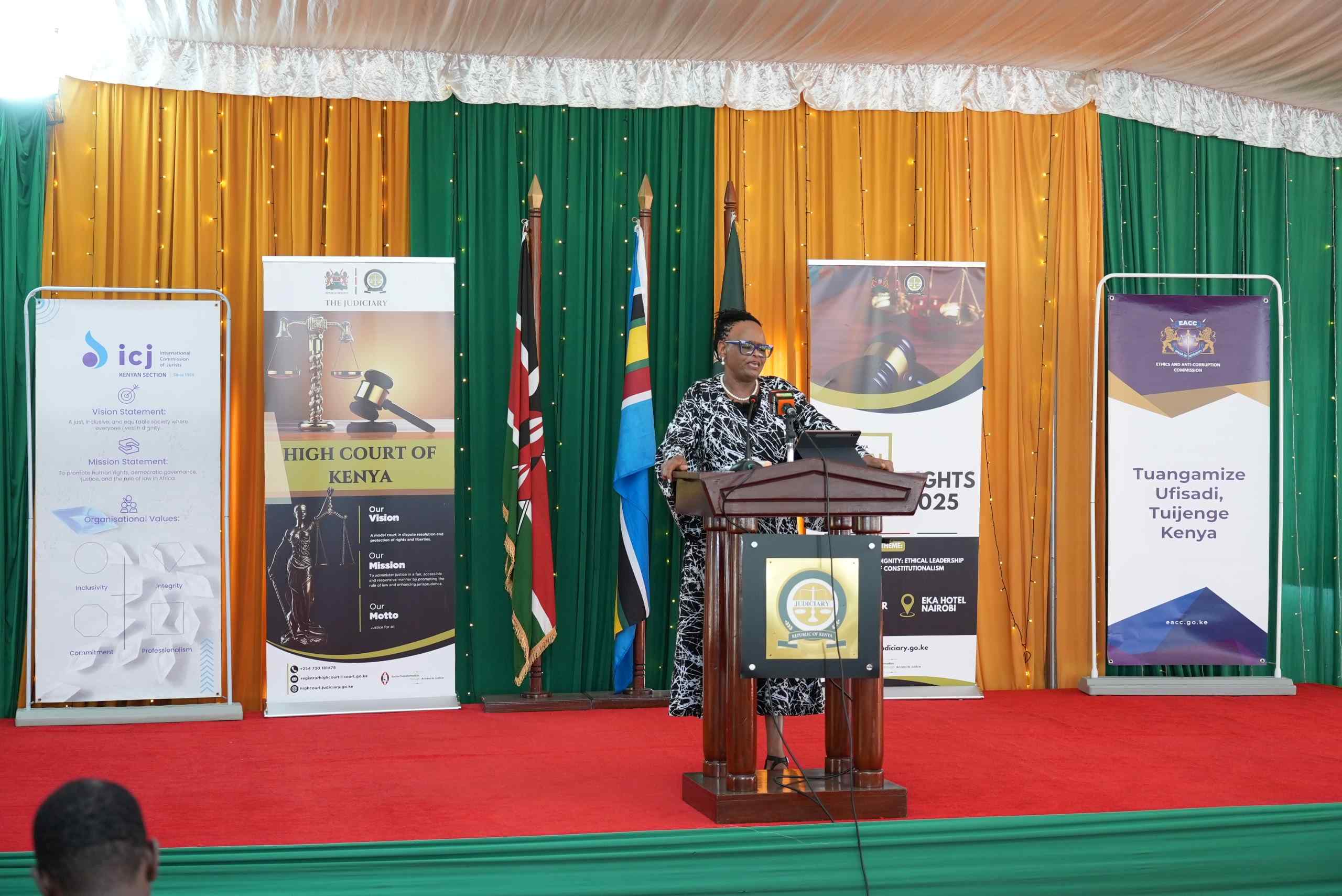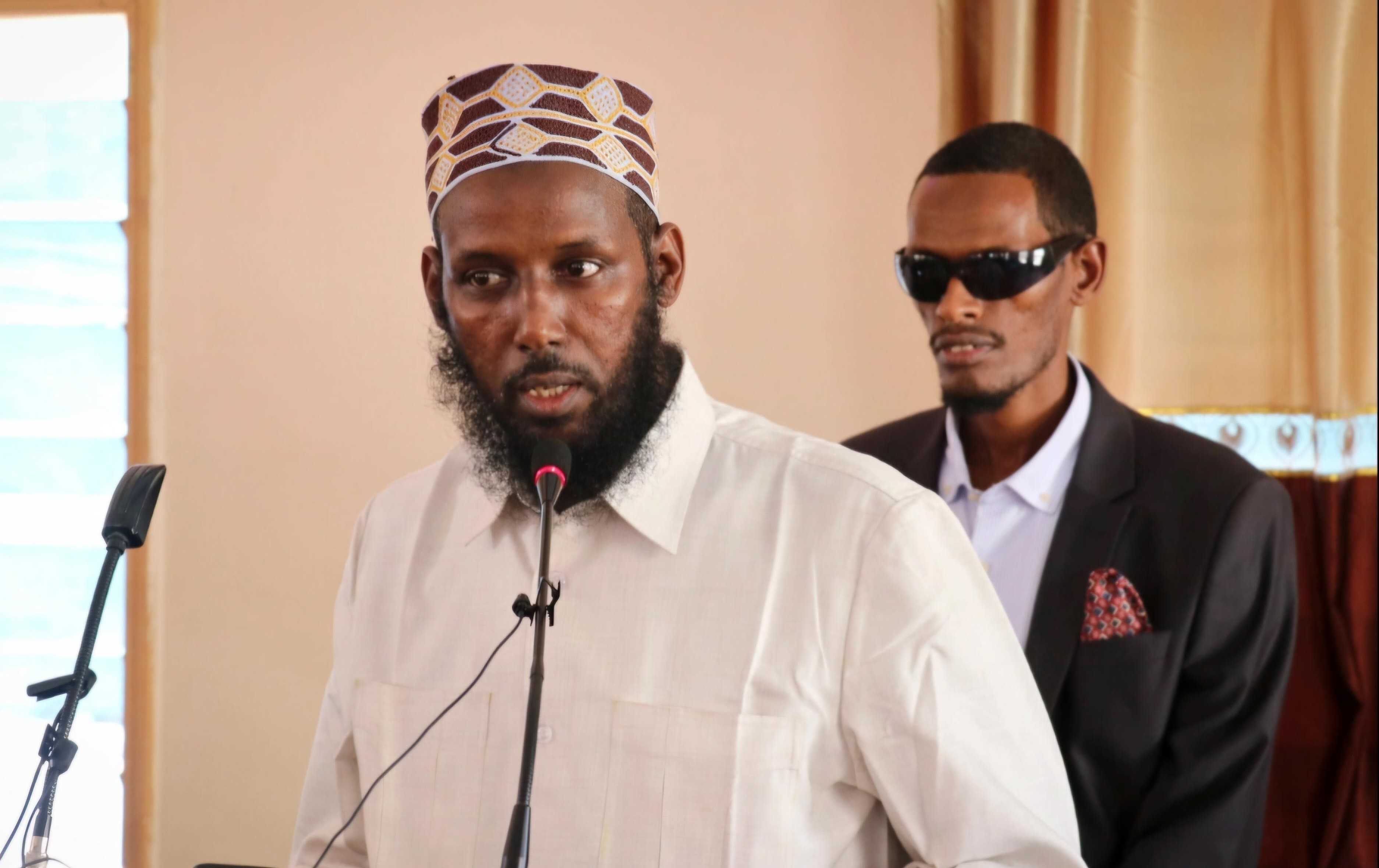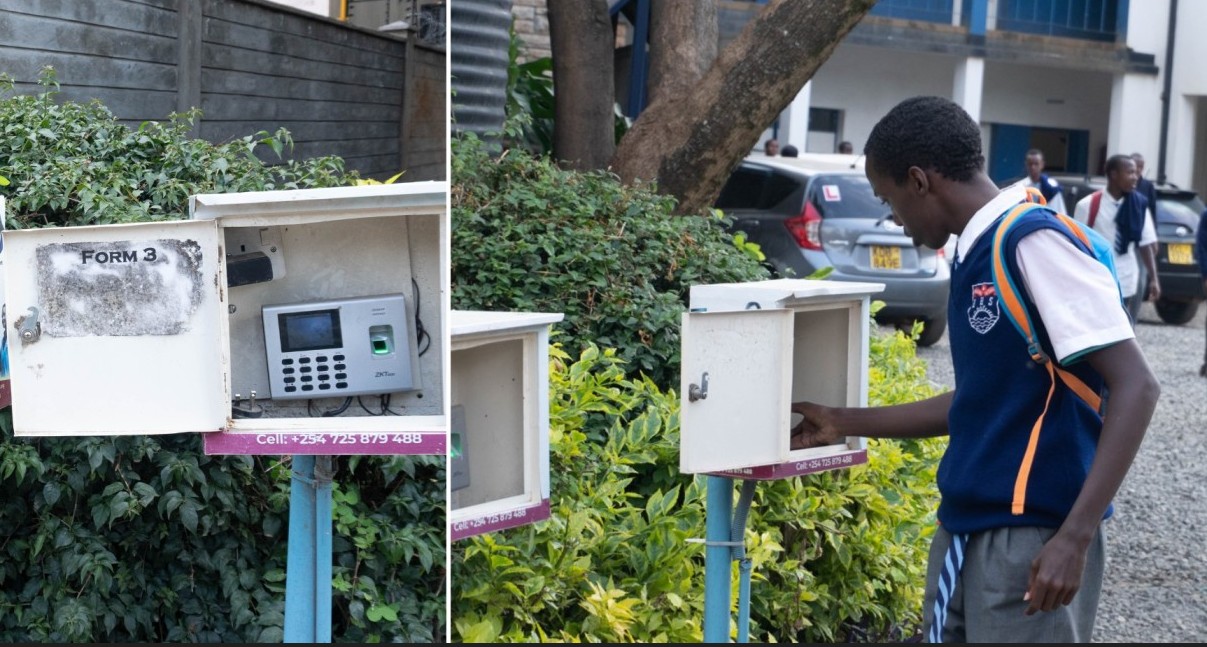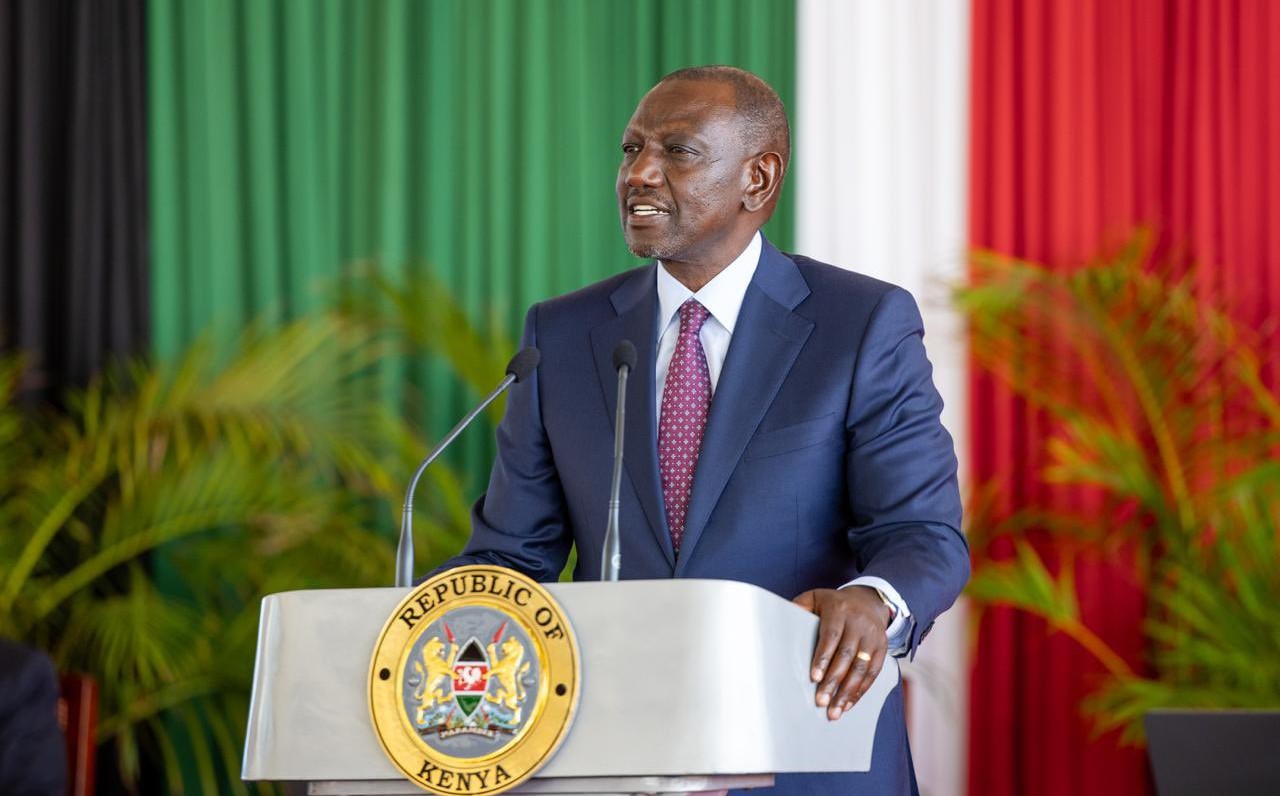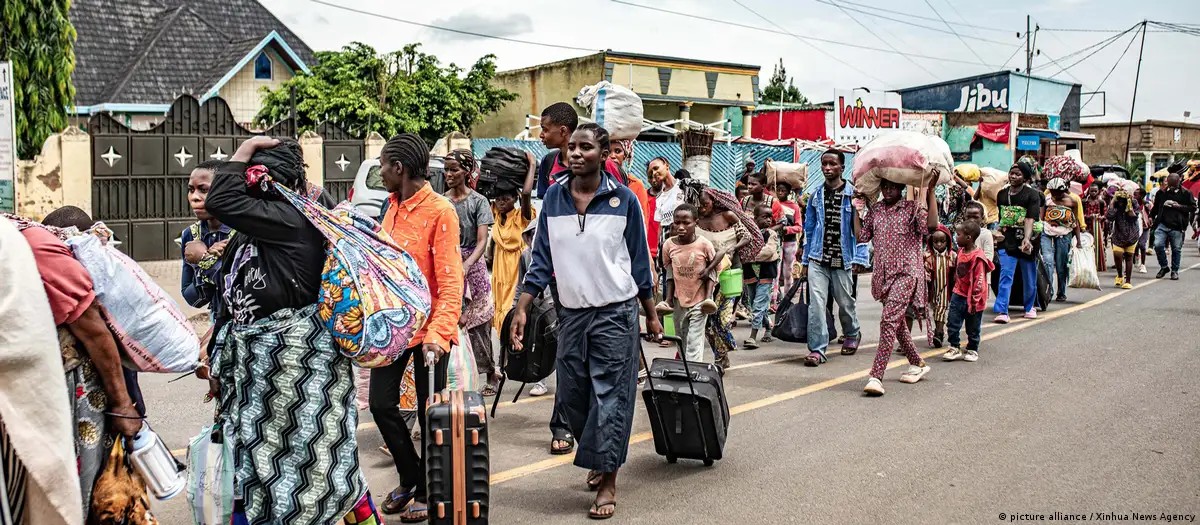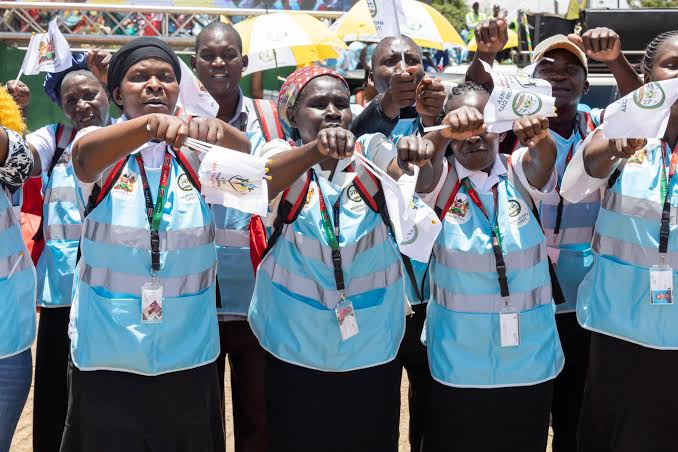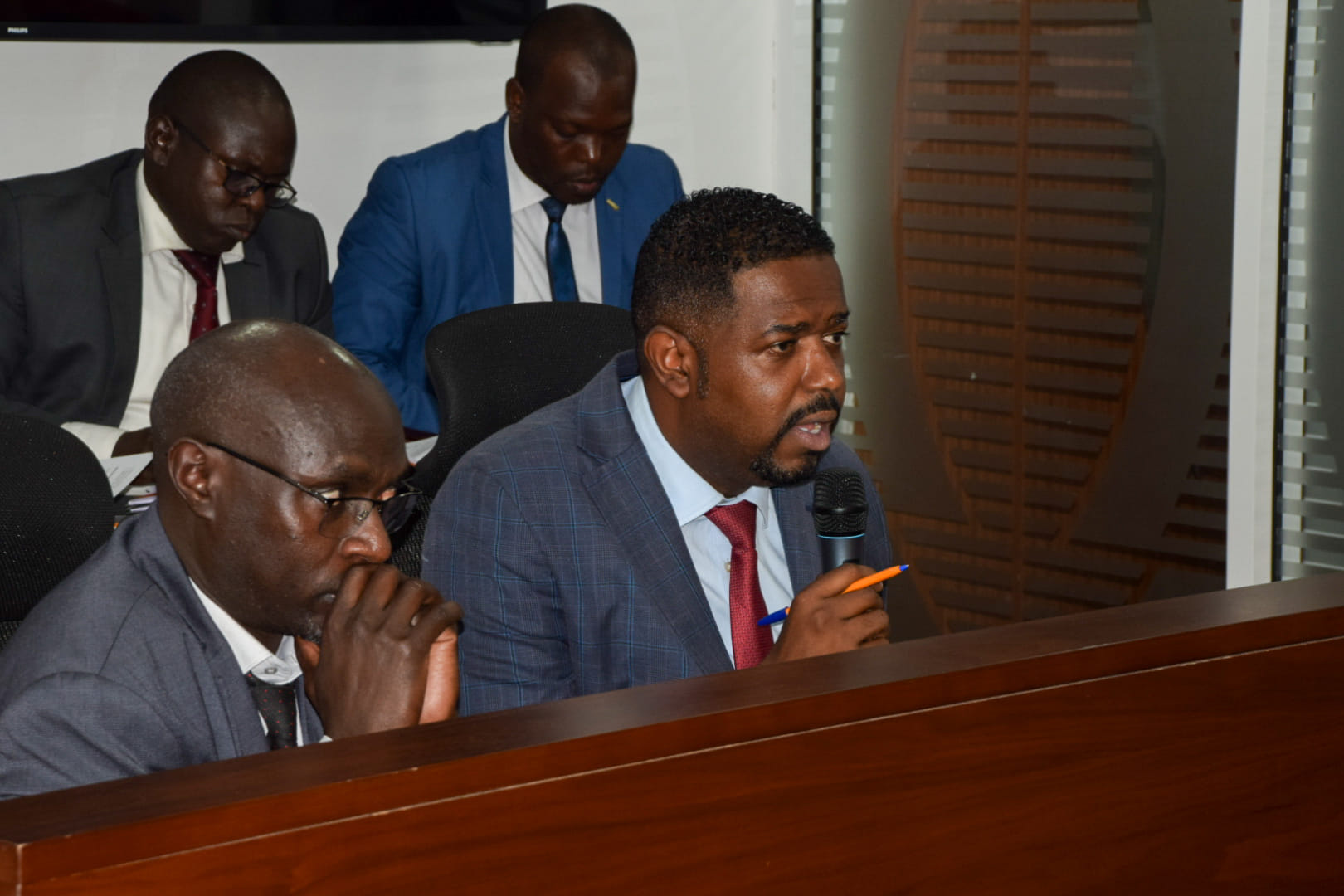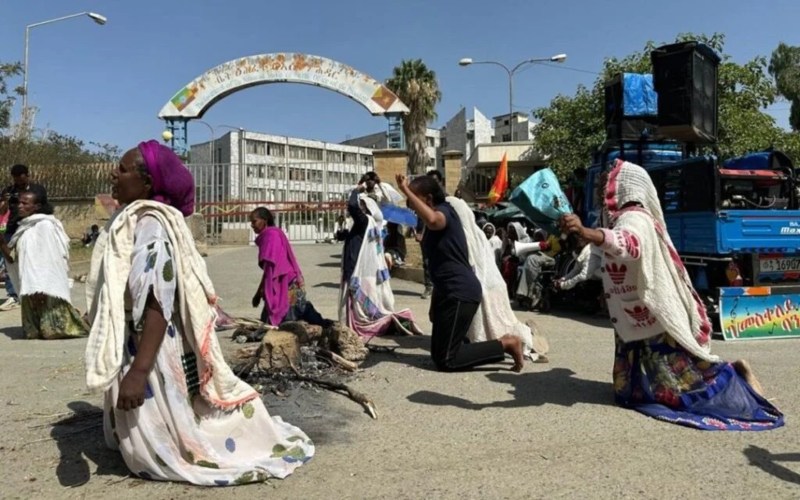Women-led households benefit most from Inua Jamii Programme as men struggle to access funds
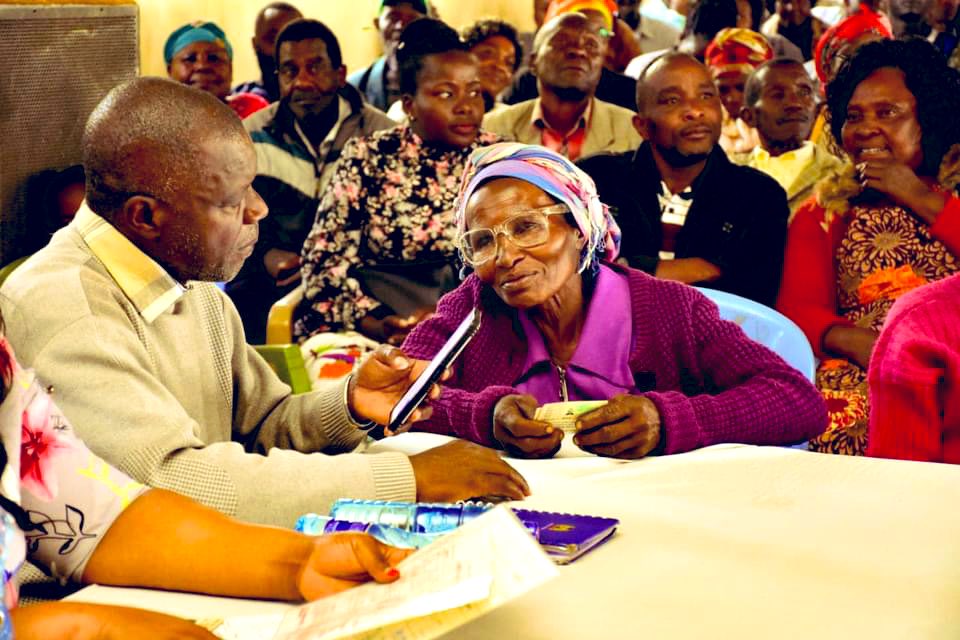
Of the total Sh18.7 billion allocated under the programme in 2024, only about 20 per cent reached households headed by men, leaving the vast majority of the funds to be distributed to women-led families.
Kenya's government-led safety net programme, Inua Jamii, has faced criticism over its uneven distribution of funds, with women-led households emerging as the largest beneficiaries, while men-led families continue to struggle with accessing the support.
Of the total Sh18.7 billion allocated under the programme in 2024, only about 20 per cent reached households headed by men, leaving the vast majority of the funds to be distributed to women-led families.
More To Read
- State urged to add 1.4 million people to social protection scheme ahead of the 2026/27 budget
- Hope for 439,000 families as government sends Sh878.8 million in Inua Jamii support
- Government disburses Sh880 million to support orphans, vulnerable children
- Over 1.2 million Kenyans to benefit from Sh2.4 billion Inua Jamii payout
- Three years of William Ruto: The successes and failures shaping his legacy as president
- Government disburses Sh1.78 billion to over 445,000 orphans, vulnerable children under Inua Jamii programme
According to new data from the Public Service Commission (PSC), a total of 441,760 households, comprising 1,172,768 orphans and vulnerable children received Sh6.37 billion in support.
Of these households, 365,817 (82.8 per cent) were female-headed, while 75,943 (17.2 per cent) were male-headed.
Each household was entitled to a monthly stipend of Sh2,000, meaning for every five women-led households benefiting from the programme, only one man-led household received the same aid.
The disproportionate distribution of funds has sparked concerns over the transparency of the programme.
PSC Chairperson Anthony Muchiri raised alarms in the 2024 PSC values report.
"Inconsistencies were noted between the amounts disbursed and the number of beneficiaries for the Inua Jamii programs," Muchiri stated.
He also highlighted the absence of a clear expansion plan detailing how funds would be equitably distributed across the 47 counties, especially during scale-ups and replacements.
One of the most notable findings from the PSC report was the regional variation in the number of beneficiaries.
Turkana County recorded the highest number of Inua Jamii beneficiaries, with 24,848 households (5.6 per cent), followed by Kakamega and Mandera, with 19,470 (4.4 per cent) and 17,970 (4 per cent) households, respectively.
In contrast, counties like Lamu, Taita Taveta, and Laikipia saw the fewest beneficiaries, with Lamu receiving only 1,867 households (0.4 per cent).
Disability programme
Meanwhile, the Persons with Severe Disabilities Cash Transfer Programme disbursed Sh1.015 billion to 61,174 households, each receiving a monthly Sh2,000 stipend.
Male-headed households accounted for 54.8 per cent (33,546) of the beneficiaries, while female-headed households made up 45.2 per cent (27,628).
Once again, Mandera County led in the number of beneficiaries, with 3,712 households (about 6 per cent), followed by Migori and Nairobi.
The Older Persons Cash Transfer Programme, another key component of Inua Jamii, reached 1,236,985 beneficiaries, with 61 per cent of them being female (754,741) and 39 per cent male (482,244).
The highest number of beneficiaries in this category were from Murang'a (65,319 beneficiaries, 5.2 per cent), Kiambu (55,758 beneficiaries, 4.5 per cent), and Kitui (54,260 beneficiaries, 4.3 per cent).
Concerns regarding the management of these funds were further raised by Auditor General Nancy Gathungu.
In her report, she flagged discrepancies in the disbursement of funds and stressed the importance of reforms to ensure fairness, transparency, and effectiveness in the social protection programs.
Gathungu called for an audit to reconcile the disbursed amounts with the beneficiary lists and recommended that the State Department for Social Protection focus on equity during the registration and disbursement processes.
"The State Department for Social Protection to undertake an impact evaluation of social protection programs to ascertain their efficacy, effectiveness, and sustainability by 30th June 2025," Gathungu said.
The National Assembly has also taken notice of the issues surrounding Inua Jamii.
Parliament has summoned Treasury Principal Secretary Chris Kiptoo to explain why over Sh100 million allocated to the program was returned to the National Treasury instead of being disbursed to beneficiaries.
The Committee on Social Protection invoked provisions of Article 125 of the Constitution to compel Kiptoo's attendance after he failed to appear during the previous summons.
Despite the challenges in distribution and oversight, Inua Jamii remains a crucial lifeline for vulnerable Kenyans, particularly the elderly, orphans, and those with severe disabilities.
The program, which is part of the National Safety Net Programme, aims to support those who are most at risk, including those living in eight arid and semi-arid counties.
However, as the government works to expand and improve these social protection efforts, questions about fairness, transparency, and efficiency remain at the forefront.
Top Stories Today
